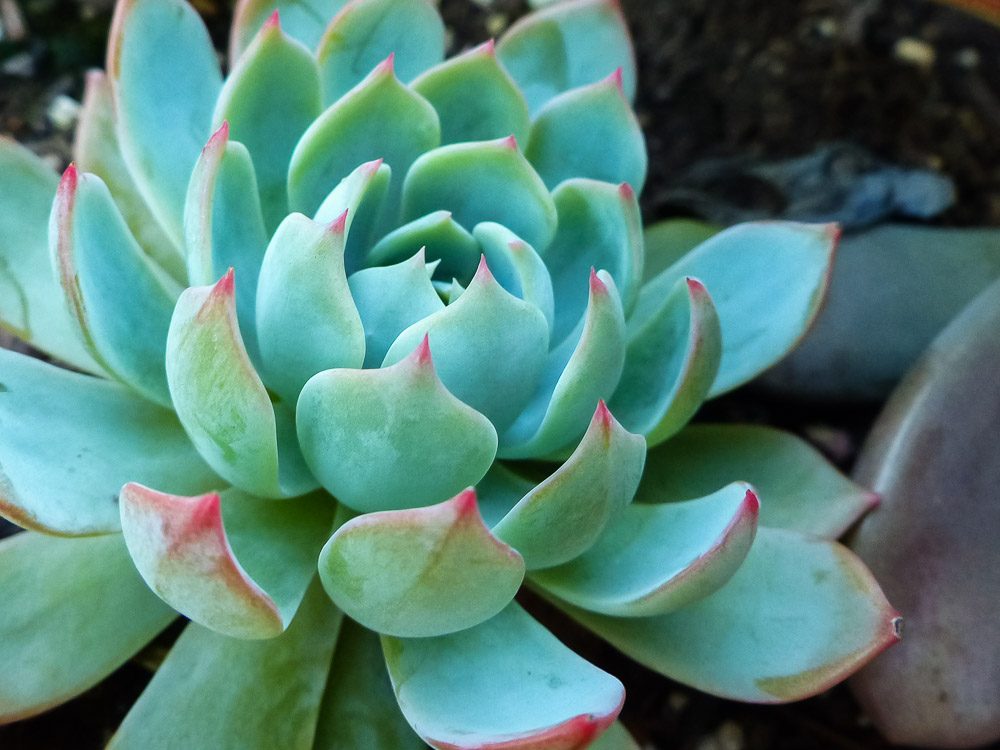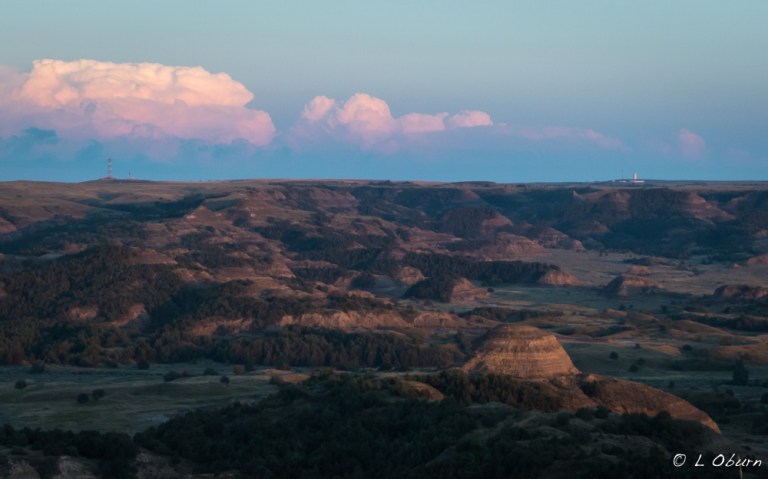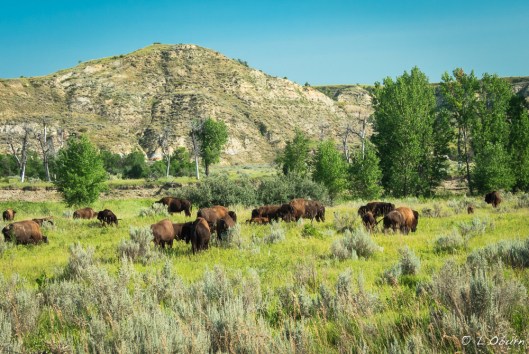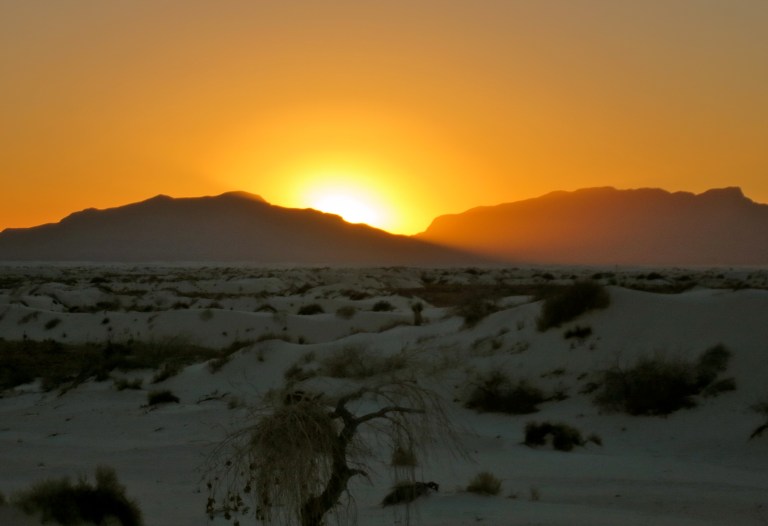 Sedona has long held the reputation as a world-wide spiritual mecca, drawing healers, artists, and spiritual guides. Whether or not you believe in her vortex energy, there is no denying the breathtaking views that can be seen in every direction. Having lived in Sedona for many years, we believe the magnificent red rock formations and evergreen vegetation exudes energy, a year-round feeling of renewal and sense of peace, and is one of the reasons we come back year after year to hike her enchanting trails.
Sedona has long held the reputation as a world-wide spiritual mecca, drawing healers, artists, and spiritual guides. Whether or not you believe in her vortex energy, there is no denying the breathtaking views that can be seen in every direction. Having lived in Sedona for many years, we believe the magnificent red rock formations and evergreen vegetation exudes energy, a year-round feeling of renewal and sense of peace, and is one of the reasons we come back year after year to hike her enchanting trails.
We recently found ourselves back in Sedona to visit friends, get a tune-up for me, and do a little hiking. Dead Horse Ranch State Park in Cottonwood is where we tend to stay, a peaceful park that is just far enough away from the tourist pace of Sedona, yet close enough to hiking trails. Finding a trail we haven’t already tackled is the biggest challenge, particularly Terry, who I think has pretty much hiked them all. I did manage to introduce him to a newer trail that I hiked a few years ago with a girlfriend and he agreed to tag along with me on one that I had yet to cross off my list.
Here are two hikes we would highly recommend should you find yourself wandering around Sedona’s red rocks:
1) Slim Shady / Highline / Baldwin / Templeton (with a twist)
Better known by many as the Highline Trail, this was actually designed as a technically difficult mountain biking trail but is equally loved by hikers. It is a bit of a challenge to stay on course as many trails converge at one point or another. And with such breathtaking scenery to distract you, you may as well decide you are going to get turned around a time or two.
Views of one of the most-photographed sights in Arizona, Cathedral Rock, can be seen from many angles, and we soon found ourselves getting off our charted course to see if we could pick up a trail that would take us to the highest saddle point on Cathedral Rock. There is a designated, slick rock trail up to the saddle point but it was on the opposite side of Cathedral Rock from where we were. But did that stop us? Nope!
Although we would not suggest this as the soundest or safest way to get to the saddle of Cathedral Rock, what with the bush-whacking and boulder-hopping, it was certainly a unique approach. What began as a moderate 5-miler ended as a very interesting 9-mile hike.
Our next day’s adventure was to be a bear and Terry’s all-around favorite Sedona hike. After tackling this mountain, I had to agree.
2) Bear Mountain
I’m not sure why I never hiked this mountain while we lived in Sedona, as it has always been touted to have some of the most breathtaking views from its peak. I had decided this visit was the time and I wasn’t leaving Sedona until I had firmly planted my feet on top. All I can say is wow!
Bear Mountain is a 5-mile hike with a 2000 foot elevation gain over some of the most unusual topography in Sedona. There are cairns to mark part of your journey but white arrows painted onto the rocks are your true guides to the peak. There are interesting breaks or decks of changing geology that you pass through, almost as if you traverse three false summits before reaching the true peak. A section of Apache Limestone moves into Schnebly Hill Sandstone, then onto a deck of swirling Coconino sandstone dotted with manzanita, truly spectacular.
Sedona’s grandeur can be seen without taking to the trails, but we have always believed that the essence of her spirit lies off the paved roads, tucked back into her hidden canyons.
We have settled into our winter home in Southern California, which I will post about in the near future. It is a change from our existing approach to RVing and we are enjoying it more than I had imagined. More on that later…






























































